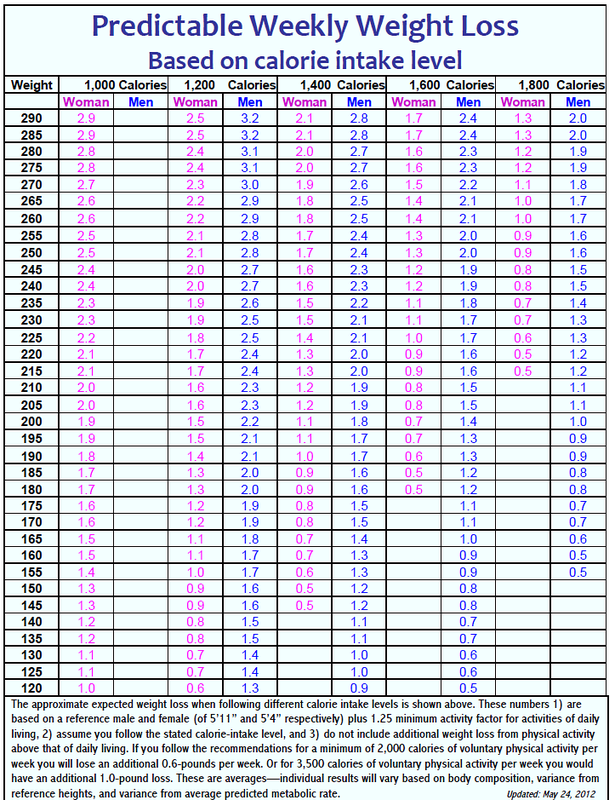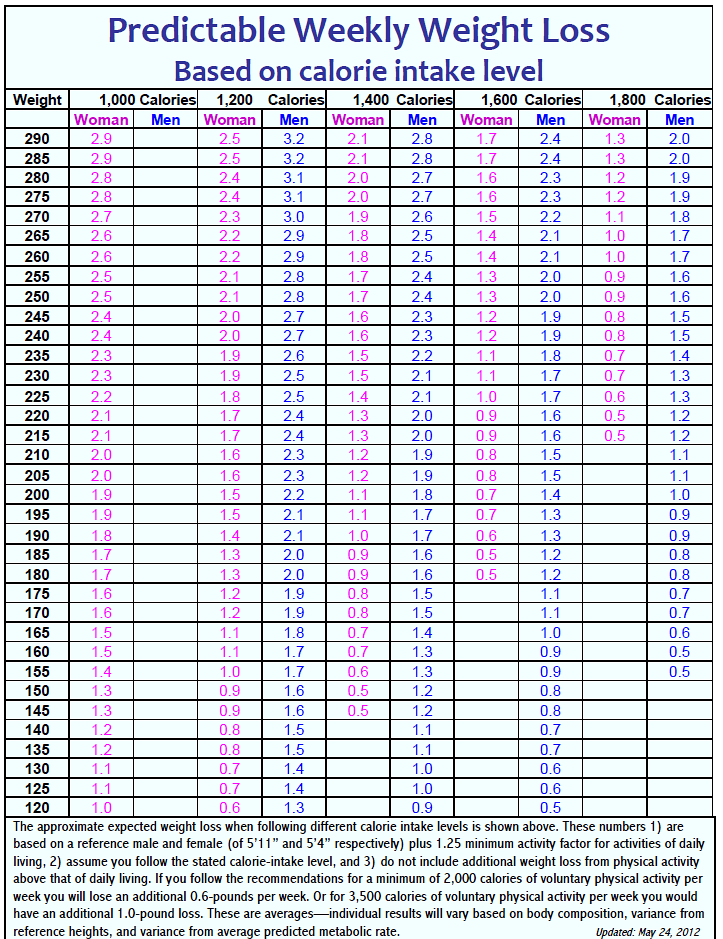Unlocking the Secret to Successful Weight Loss: Calorie Target
The eternal quest for weight loss. We’ve all been there – trying every fad diet, exercise routine, and quick fix under the sun, only to find ourselves right back where we started. But what if I told you that there’s a simple yet powerful tool that can help you achieve your weight loss goals once and for all? Enter: calorie target.
In this post, we’ll be diving into the world of calorie counting and exploring how setting a realistic calorie target can be the game-changer you need to finally reach your ideal weight. Whether you’re a seasoned pro or just starting out on your weight loss journey, understanding how to set an effective calorie target is crucial for achieving lasting results.
Why Calorie Target Matters
When it comes to weight loss, calories are king. Consuming more calories than you burn means weight gain, while burning more calories than you consume leads to weight loss. Sounds simple enough, right? But here’s the thing: most of us don’t have a clue how many calories we’re actually consuming or burning on a daily basis.
This lack of awareness can lead to a host of issues, from unrealistic expectations and frustration to potential health risks like nutrient deficiencies and slowed metabolism. By setting a calorie target, you’ll be able to track your progress, make informed choices about your diet and exercise routine, and achieve lasting weight loss success.

The Science Behind Calorie Target
To understand how calorie target works, let’s take a closer look at the science behind it. When you eat or drink something, your body converts those calories into energy. The more calories you consume, the more energy your body has to function. Conversely, when you burn more calories than you consume, your body uses stored energy sources (like fat) for fuel.
The key takeaway here is that calorie deficit, not absolute caloric intake, is what drives weight loss. A calorie deficit occurs when your daily caloric expenditure exceeds your daily caloric intake. This can be achieved through a combination of reducing your caloric intake and increasing your physical activity.
For example, if you consume 2,500 calories per day but burn around 3,000 calories through exercise and daily activities, you’ll create a calorie deficit of 500 calories. Over time, this deficit can lead to weight loss as your body adapts by burning stored fat for energy.
Setting a Realistic Calorie Target
Said target is crucial because it serves as the foundation for your entire weight loss plan. Aim too low, and you may not be providing your body with enough energy to function optimally. Go too high, and you risk gaining weight.
To set a realistic calorie target, consider the following factors:
- Your daily caloric needs: This can vary based on age, sex, weight, height, and activity level. A general guideline is to consume 10-15% fewer calories than your daily maintenance level.
- Your diet and exercise goals: Are you trying to lose a significant amount of weight or maintain a healthy weight? This will impact the magnitude of your calorie deficit.
- Your dietary preferences: If you’re vegetarian, vegan, or gluten-free, this may influence your caloric needs.
For instance, if you’re a 35-year-old woman who weighs 150 pounds and is moderately active, your daily caloric needs might be around 2,000-2,200 calories. To create a calorie deficit for weight loss, you could aim for a target of 1,800-1,900 calories per day.
Tools to Help You Achieve Your Calorie Target
SUCCESSFUL CALORIE TARGETING REQUIRES A COMBINATION OF NUTRITION AND PHYSICAL ACTIVITY. HERE ARE SOME TOOLS TO HELP YOU GET STARTED:
- MyFitnessPal: This popular calorie tracking app allows you to log your food intake and track your progress towards your daily caloric goals.
- Fitbit: Fitbit’s wearable devices and mobile app can help you monitor your physical activity levels, sleep quality, and other health metrics that impact your calorie needs.
In our next installment, we’ll explore how to make the most of your calorie target by combining it with a balanced diet and effective exercise routine. Stay tuned!
Expert Consultation
Get personalized guidance on your weight loss journey. Our medical experts are here to help.
Start chatUnlocking the Secret to Successful Weight Loss: Calorie Target
The eternal quest for weight loss. We’ve all been there – trying every fad diet, exercise routine, and quick fix under the sun, only to find ourselves right back where we started. But what if I told you that there’s a simple yet powerful tool that can help you achieve your weight loss goals once and for all? Enter: calorie target.
In this post, we’ll be diving into the world of calorie counting and exploring how setting a realistic calorie target can be the game-changer you need to finally reach your ideal weight. Whether you’re a seasoned pro or just starting out on your weight loss journey, understanding how to set an effective calorie target is crucial for achieving lasting results.
Why Calorie Target Matters
When it comes to weight loss, calories are king. Consuming more calories than you burn means weight gain, while burning more calories than you consume leads to weight loss. Sounds simple enough, right? But here’s the thing: most of us don’t have a clue how many calories we’re actually consuming or burning on a daily basis.
This lack of awareness can lead to a host of issues, from unrealistic expectations and frustration to potential health risks like nutrient deficiencies and slowed metabolism. By setting a calorie target, you’ll be able to track your progress, make informed choices about your diet and exercise routine, and achieve lasting weight loss success.
What’s the Right Calorie Target for You?
The key is finding a calorie target that works for you – not just some arbitrary number. To do this, consider your starting point (your current weight and activity level), your goals (how much weight you want to lose and how quickly), and your lifestyle (what kind of food you eat and how much exercise you get). A good rule of thumb is to aim for a daily calorie deficit of 500-1000 calories to promote safe and sustainable weight loss.
Summary
In this post, we’ve explored the importance of setting a realistic calorie target for successful weight loss. By understanding how many calories you’re consuming and burning each day, you’ll be able to:
- Track your progress and make informed choices about your diet and exercise routine
- Achieve lasting weight loss success without sacrificing nutrient-dense foods or healthy habits
- Reduce frustration and disappointment caused by unrealistic expectations
Final Insights
The takeaway is clear: calorie target matters. By setting a realistic calorie target that works for you, you’ll be well on your way to achieving lasting weight loss success. Remember:
- Don’t try to reinvent the wheel – stick with what works and adjust as needed
- Aim for progress, not perfection – every small step counts!
- Maintain a balanced diet and consistent exercise routine to support your calorie target
Conclusion
The secret to successful weight loss isn’t some magic formula or quick fix. It’s understanding the power of calorie counting and setting a realistic target that works for you. By embracing this simple yet powerful tool, you’ll be able to achieve lasting weight loss success without sacrificing your health or happiness. So go ahead, take control of your calories, and unlock the secret to a slimmer, healthier you!
Amazon Kindle Paperwhite 6-Inch Wi-Fi Wi-Fi Price Tracker: Are you in the market for a new e-reader? This article tracks the prices of the Amazon Kindle Paperwhite and helps you make an informed decision. Don’t miss out on this essential guide!
Balanitis vs Herpes: A Picture Comparison of Penis Issues: Ever wondered what sets balanitis apart from herpes? This article provides a visual guide to help you identify and address common penis issues. Take the mystery out of penile problems!



